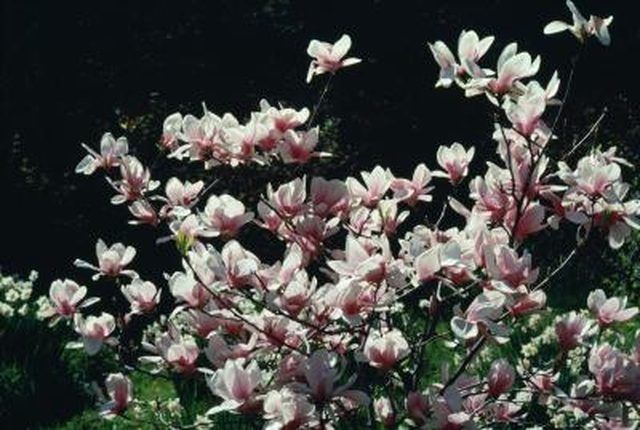Bulbs
Flower Basics
Flower Beds & Specialty Gardens
Flower Garden
Garden Furniture
Garden Gnomes
Garden Seeds
Garden Sheds
Garden Statues
Garden Tools & Supplies
Gardening Basics
Green & Organic
Groundcovers & Vines
Growing Annuals
Growing Basil
Growing Beans
Growing Berries
Growing Blueberries
Growing Cactus
Growing Corn
Growing Cotton
Growing Edibles
Growing Flowers
Growing Garlic
Growing Grapes
Growing Grass
Growing Herbs
Growing Jasmine
Growing Mint
Growing Mushrooms
Orchids
Growing Peanuts
Growing Perennials
Growing Plants
Growing Rosemary
Growing Roses
Growing Strawberries
Growing Sunflowers
Growing Thyme
Growing Tomatoes
Growing Tulips
Growing Vegetables
Herb Basics
Herb Garden
Indoor Growing
Landscaping Basics
Landscaping Patios
Landscaping Plants
Landscaping Shrubs
Landscaping Trees
Landscaping Walks & Pathways
Lawn Basics
Lawn Maintenance
Lawn Mowers
Lawn Ornaments
Lawn Planting
Lawn Tools
Outdoor Growing
Overall Landscape Planning
Pests, Weeds & Problems
Plant Basics
Rock Garden
Rose Garden
Shrubs
Soil
Specialty Gardens
Trees
Vegetable Garden
Yard Maintenance
Tulip Tree Vs. Magnolia
Tulip Tree Vs. Magnolia. The magnolia and tulip tree both belong to the Magnolia family. Both are hardwoods that bloom in spring. Both prefer moist, rich soil and partial shade. There are, however, several distinct differences between the two.

The magnolia and tulip tree both belong to the Magnolia family. Both are hardwoods that bloom in spring. Both prefer moist, rich soil and partial shade. There are, however, several distinct differences between the two.
Geography
The southern magnolia, Magnolia grandiflora, is native to the southeastern region of North America. A relation, sweetbay magnolia, is hardy as far north as New York and New Jersey, though most magnolias grow in the U.S. Department of Agriculture's Plant Hardiness Zones 6 to 9. The tulip tree, or Liriodendron tulipifera, was brought to Virginia by European settlers. It is hardy from Quebec to Texas and Florida.
Features
Magnolia grandiflora grows 20 to 50 feet tall while its cousin, Liriodendron tulipifera, can grow up to 150 feet in height. Southern magnolias are evergreen trees and tulip trees are deciduous -- they drop their leaves each fall. The African tulip tree reaches 80 feet in height but grows only in Zones 10 and 11.
Flowers
Both trees flower during spring in the southern climates and summer in the northern parts of their ranges. Magnolia grandiflora grows large white flowers; some species can have pink highlights. The tulip tree's flowers, yellow with bright orange bands, grow in the upper part of the tree's crown.